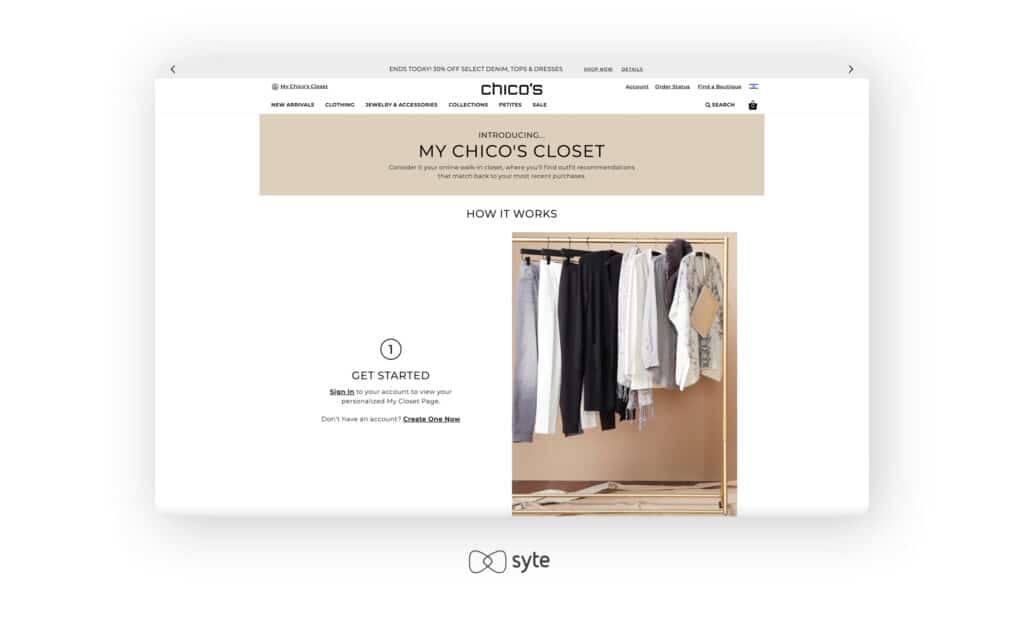The customer journey refers to the path a customer takes to buy a product or service and the aftermath of a purchase. It is often envisioned as a map that shows various touchpoints where customers can engage with your brand. This covers the discovery of a business and/or products to the advocacy for a brand.
The customer journey helps brands and retailers understand what piques a customer’s interest or how a user responds to various touchpoints. A customer can interact with a brand or retailer in more ways than one. Often, the decision to purchase does not come immediately upon the discovery of a product. The customer journey visualizes the many interactions a shopper can take before finalizing a purchase.

Customer Journey: Phases
Traditionally, the touchpoints in a customer journey can be grouped into distinct phases. A customer interacts with a brand depending on their motivation. The phases will differ depending on your goals, but the following are some of the typical stages:
- Awareness. A customer will have to discover your company or a product that you offer. This is triggered in many ways, including a query on a search engine or paid ads. Often, a customer will have a problem that they are trying to solve, prompting them to look for the right product or service.
- Consideration. Today’s shoppers often look for reviews and recommendations online before making a purchase. They will weigh their options instead of immediately going for the first product they find. Brands can highlight their edge over the competition so they can remain a prospect for a customer.
- Decision. This is the stage where a shopper becomes a customer by making a purchase. They have already done their research and considered their options before choosing your brand. You can make your customer feel more confident with their decision through select content. These include customer reviews and discount coupons.
- Retention. The customer journey does not stop with the purchase. Brands and retailers can keep their customers with further engagement after-sales. They can encourage customers to come back with a points program and discounts. You can also start the conversation with satisfaction checks and surveys.
- Advocacy. If a brand satisfies with an awesome product and memorable customer experience, then a shopper can become an advocate for the brand. Personal recommendations make a significant impact on customer acquisition.
Why It’s Important
The customer journey gives brands and retailers more understanding of their target market. It shows what makes shoppers respond or how users discover products before finally purchasing. This knowledge can be used to better design the customer journey, with the primary goal of increasing conversions.
Understanding and analyzing the customer journey also allows brands and retailers to optimize the customer experience. They can identify where to spend best their efforts to create profit. A customer journey that speaks to users’ preferences also gives them more incentive to become customers and repeat shoppers and recommend the brand through reviews and recommendations.